Hey there
My first seedlings is starting to develop strange discolorations on the leaves and I cant make out what's the problem. They have been growing very slowly and I suspect its the cold temperature (15 degrees Celsius average) but as a newbie i cant be very sure. Here's some info:
-Small grow box (0.175 cubic meters)
-4 CFL's 2500K, about 600 lumens each
-Self-mixed soil (potting soil, palm peat, pearlite) decent drainage
-Flushed the soil before transplanting, but didn't check PH...
-Using RO-water (PH corrected)
-Humidity range of 50% - 60%
-Have been feeding nutrients, but VERY little...Like every 5th time I water
-Watering when soil surface is crusty (every 3 to 4 days).
Except for slow growth, all went well until recently when the discoloration began and I would appreciate any advice or tips. My grow box is still a work in progress, I need to add vent fans to draw in fresh air because at this stage I'm opening the box during daytime to allow for fresh air to circulate.
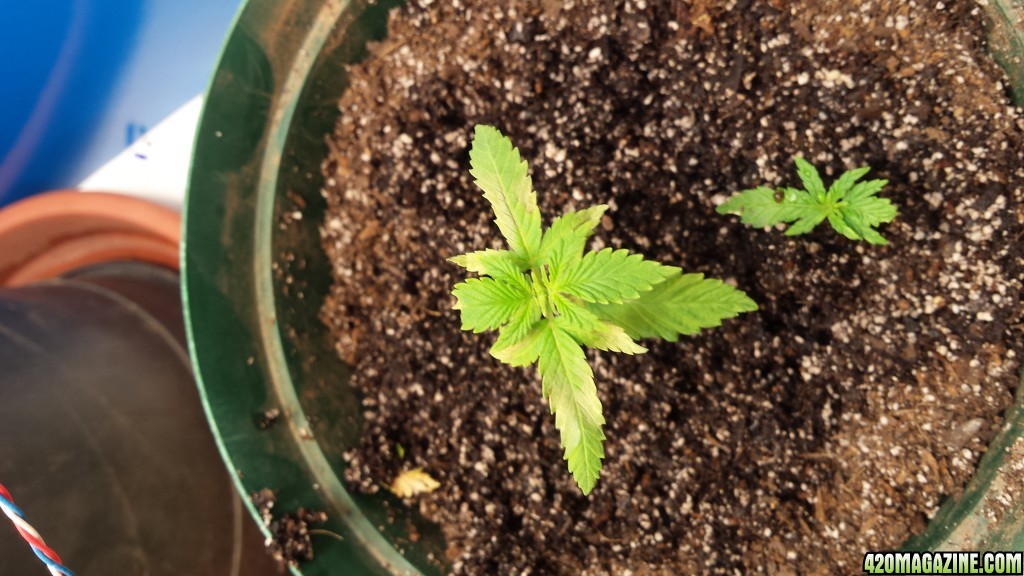
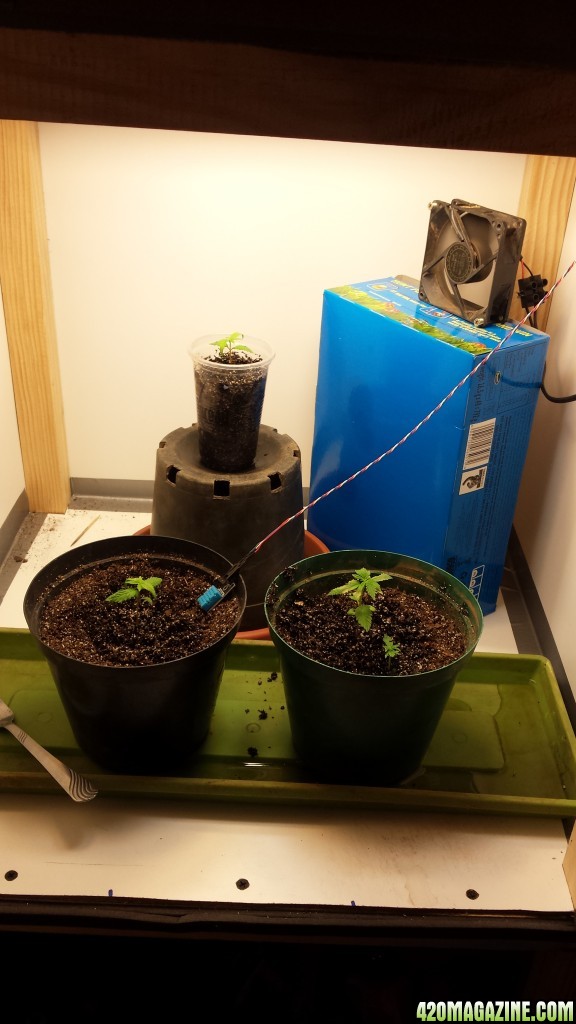
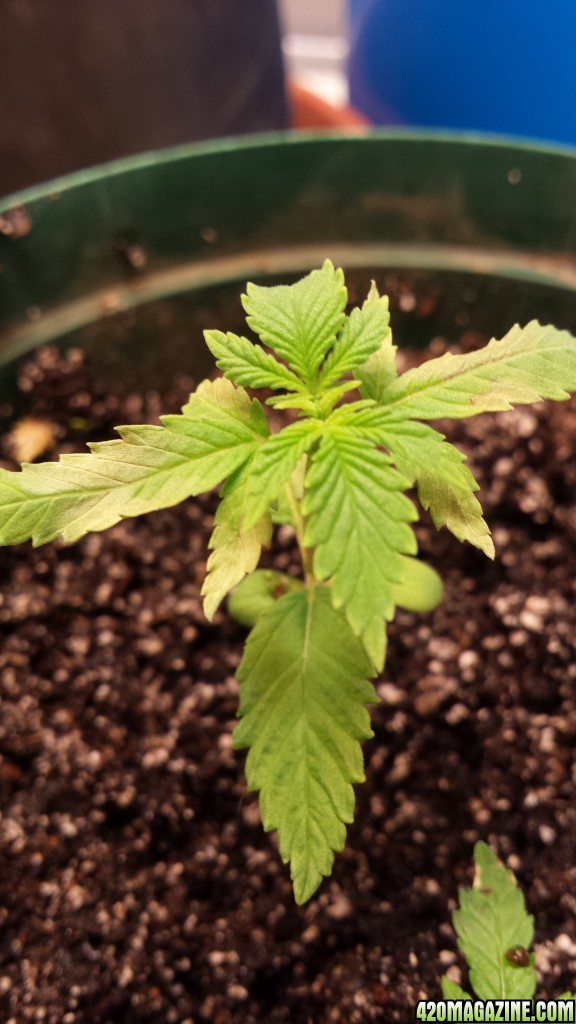
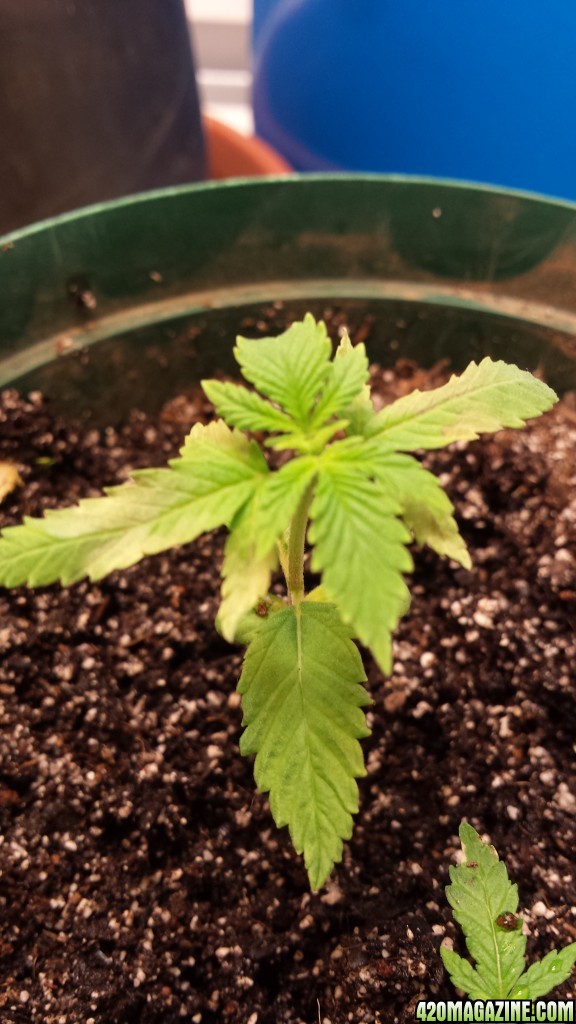
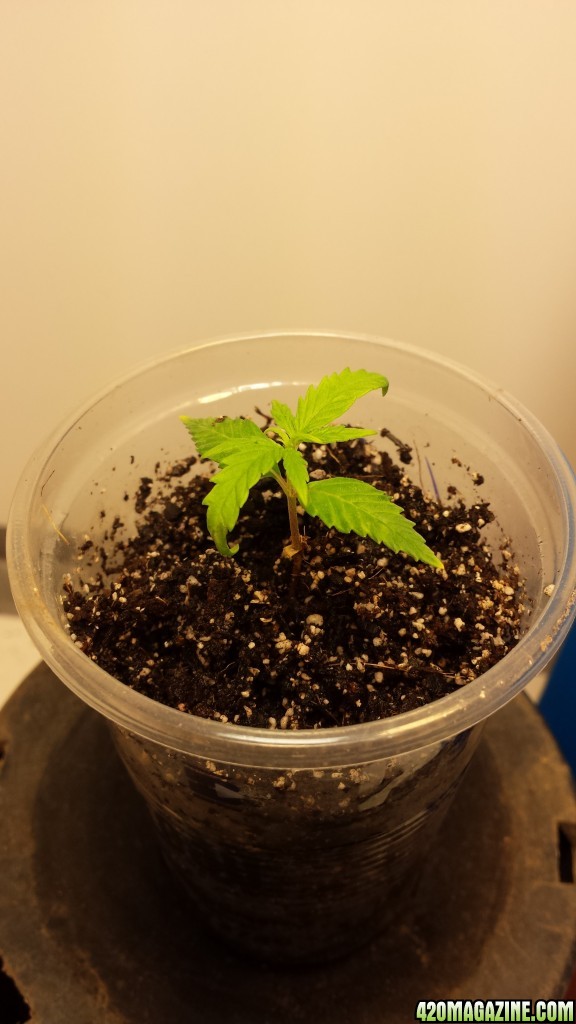
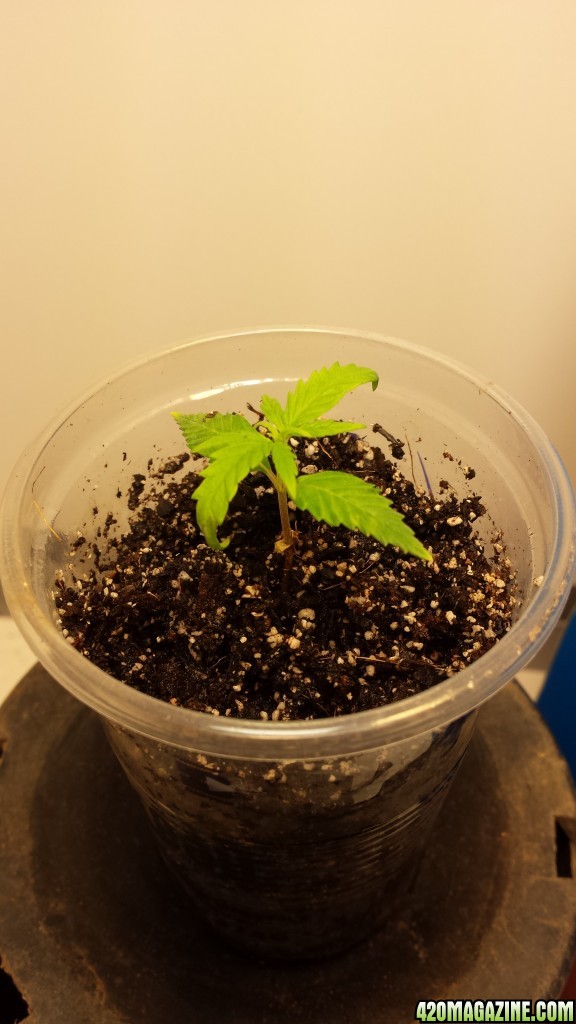
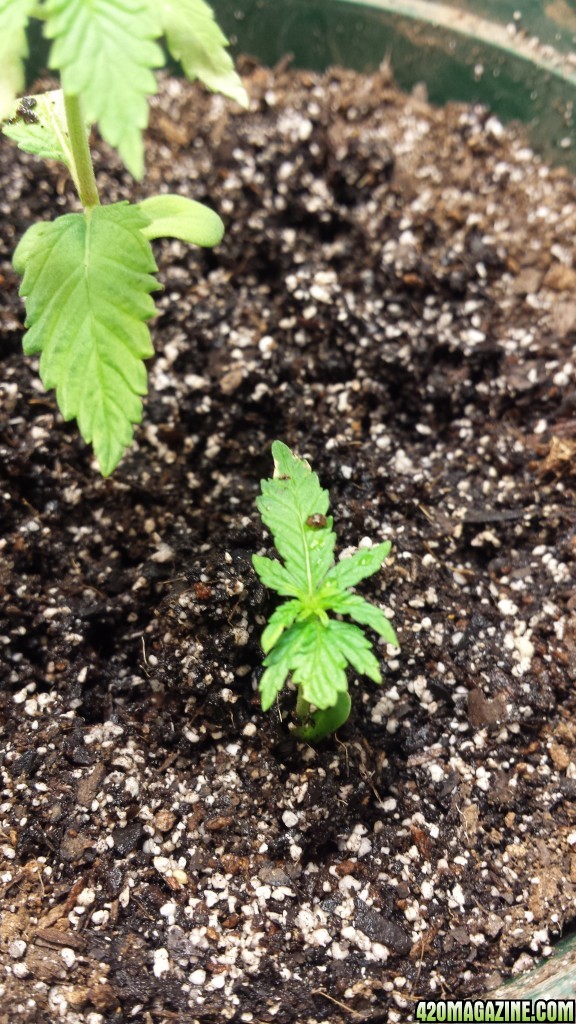
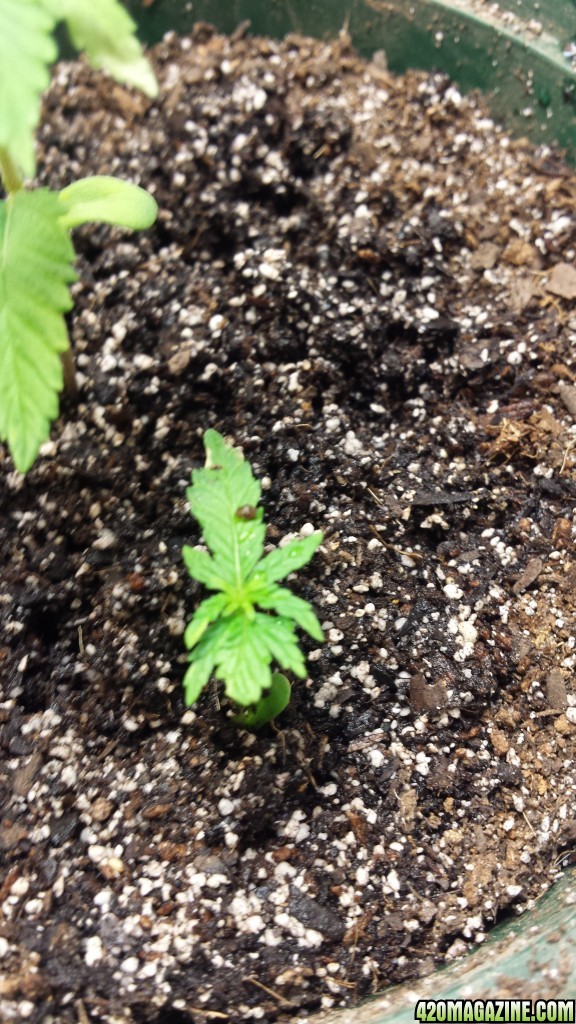
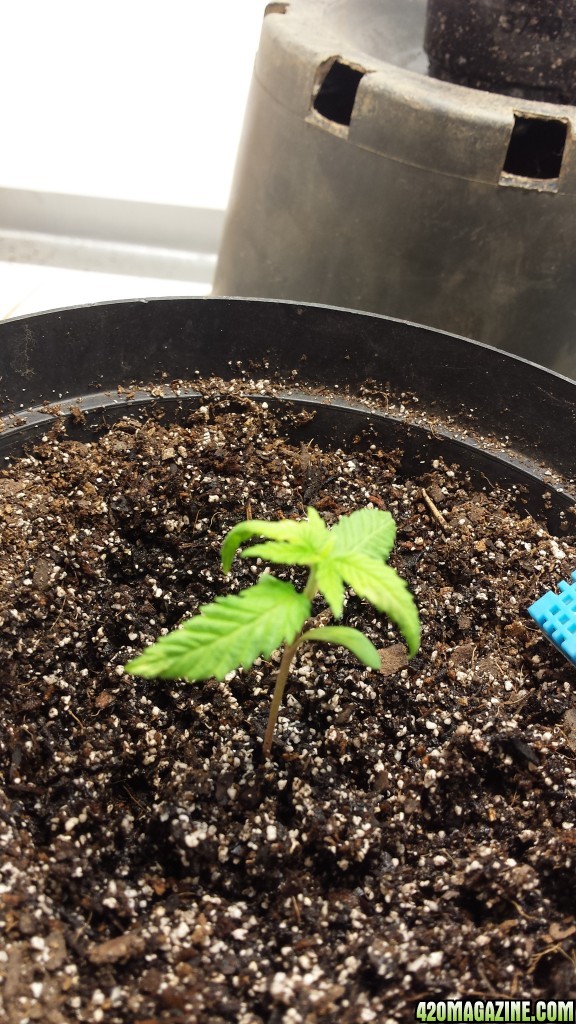
My first seedlings is starting to develop strange discolorations on the leaves and I cant make out what's the problem. They have been growing very slowly and I suspect its the cold temperature (15 degrees Celsius average) but as a newbie i cant be very sure. Here's some info:
-Small grow box (0.175 cubic meters)
-4 CFL's 2500K, about 600 lumens each
-Self-mixed soil (potting soil, palm peat, pearlite) decent drainage
-Flushed the soil before transplanting, but didn't check PH...
-Using RO-water (PH corrected)
-Humidity range of 50% - 60%
-Have been feeding nutrients, but VERY little...Like every 5th time I water
-Watering when soil surface is crusty (every 3 to 4 days).
Except for slow growth, all went well until recently when the discoloration began and I would appreciate any advice or tips. My grow box is still a work in progress, I need to add vent fans to draw in fresh air because at this stage I'm opening the box during daytime to allow for fresh air to circulate.











